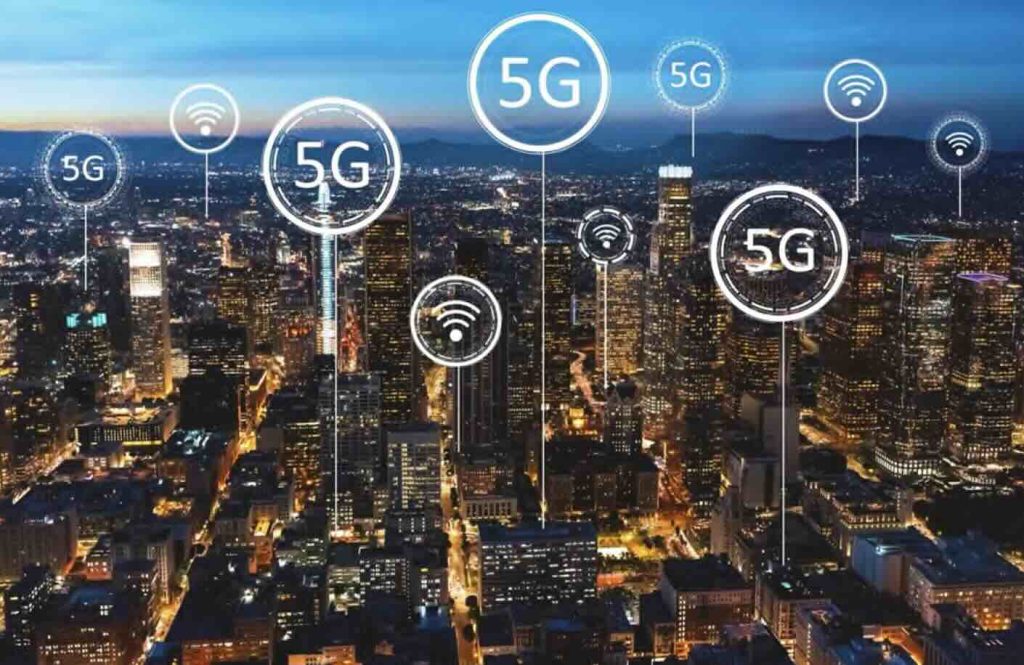In the world of internet connectivity, Starlink has been shaking things up. The satellite internet service from SpaceX makes headlines for its innovative technology that promises to bring fast and reliable internet access to even the most remote parts of the world. Now, Starlink is offering new service plans that cater to both fixed and […]
How to Choose the Right 5G Cellular Modem for Your Business
As 5G networks become more widespread, businesses and organizations need to make sure they have the right cellular modem to take advantage of this emerging technology. There are multiple reasons why organizations and companies should want to select 5G-enabled business modems. They are: Although you know that you need a 5G cellular modem to future-proof […]
What is the Significance of Advanced Traffic Steering in 5G Networks?
5G networks operate on multiple frequency bands, including low, mid, and high-band, with each band having different capacity and coverage characteristics. As the number of user equipment (UE) connected to the 5G network grows, the network must adapt to accommodate their diverse needs. While the majority of devices on 5G networks are personal devices like […]
The Advantages of Using Cradlepoint WiFi for Remote Work
Remote and hybrid work has become increasingly popular for employees and employers in recent years. Working remotely has its challenges, however. One of the biggest remote work challenges is establishing solid internet connectivity, especially in areas where wired internet is not available or may be unreliable. This is where having a Cradlepoint WiFi product can […]
How T-Mobile is Speeding Up Their 5G Upload Speeds
BELLEVUE, Wash. — May 4, 2023 — Speed … UP! T-Mobile (NASDAQ: TMUS) announced today it achieved another 5G U.S. first by leveraging uplink (UL) carrier aggregation in the field on the country’s only nationwide 5G standalone (SA) network. Working with Nokia and a test smartphone powered by Snapdragon® 5G Modem-RF System from Qualcomm Technologies, […]
What to Know About Sierra Wireless ALEOS 4.16.1
Sierra Wireless sent out an alert recently with regards to their ALEOS version 4.16.1. It’s important that you read this before proceeding with an upgrade. See below for all the details from their bulletin: We have discovered an issue with ALEOS 4.16.1 relating to the AirLink Router Connection Issue affecting RV55 LTE-A Pro and MP70 […]
How Does Cradlepoint Load Balancing Work?
Internet connectivity is crucial for businesses and individuals who work from home. Many businesses use multiple internet connections to ensure that they have a reliable and uninterrupted internet connection. This is where Cradlepoint load balancing can be beneficial. Cradlepoint load balancing allows businesses and individuals to use multiple internet connections simultaneously, increasing bandwidth and reliability. […]
Cellphone Boosters for Rural Areas: Improving Connectivity in Remote Locations
Internet connectivity is a basic need for everyone these days. In many remote locations, such as rural areas, in mountains and in deserts, getting reliable internet connectivity can be a real challenge. In these areas, cellular networks’ signal strength may be weak or non-existent. This can lead to poor call quality, slow internet speeds and […]
Do I Need the Feature Pack for My Peplink MAX BR1 Mini HW3?
The Peplink MAX BR1 Mini has been a versatile solution since its hardware revision one release. With its small size and reliable cellular connection, many users found it to be the right fit for their application. Peplink even released a similar version called the BR1 Mini Core, which is meant for users who don’t require […]
What Kind of WiFi Do I Need?
WiFi technology has revolutionized the way we connect to the internet. It allows us to access the internet wirelessly and eliminates the need for cumbersome cables. It was first developed in the 1990s and has since become a ubiquitous technology, with most modern smartphones, laptops, and other devices equipped with WiFi capabilities. WiFi networks typically […]



